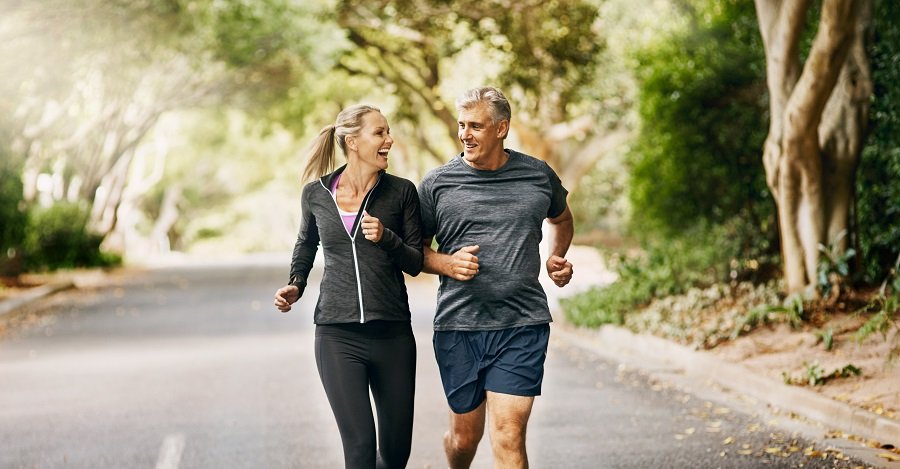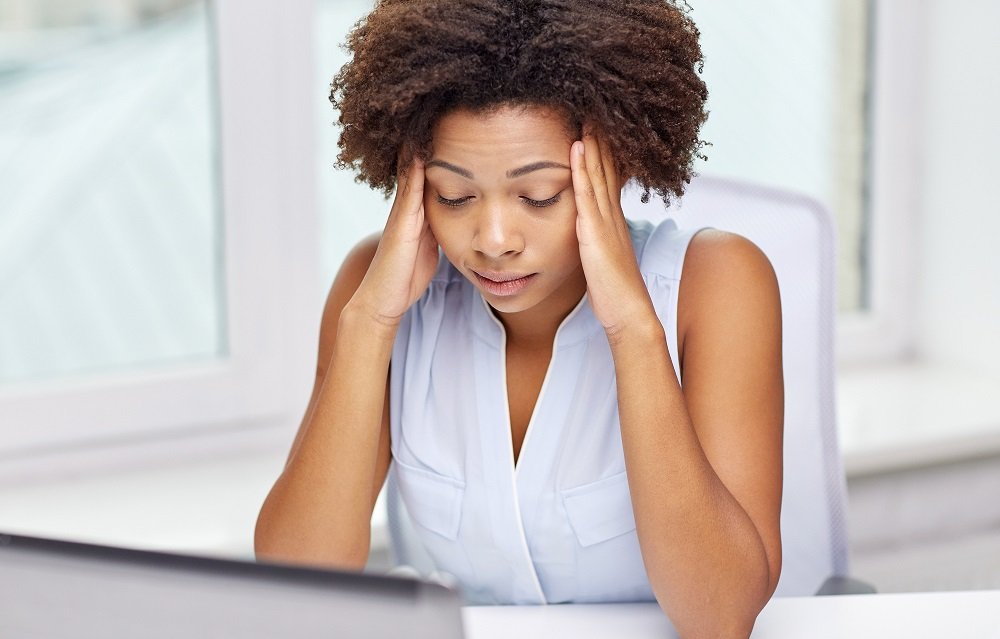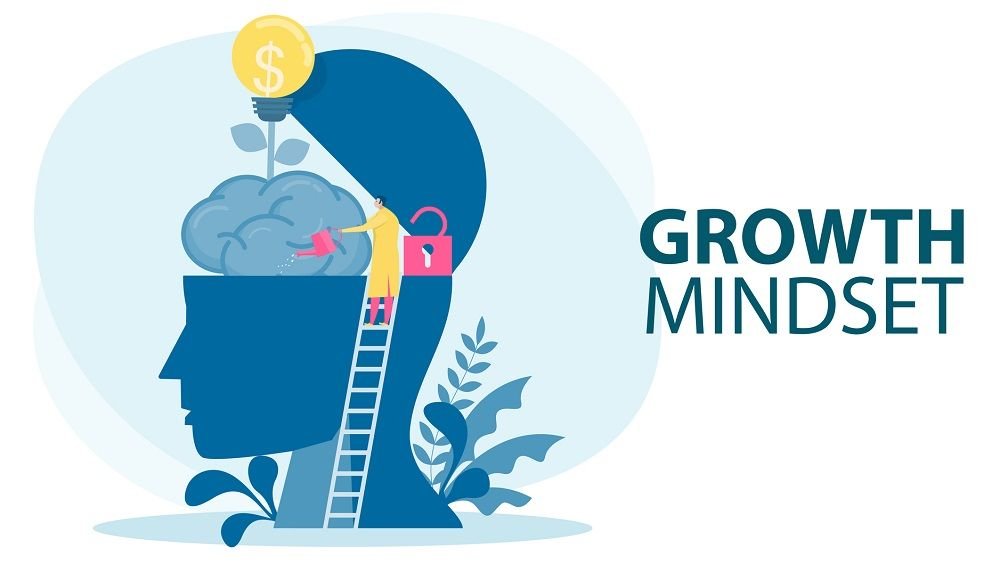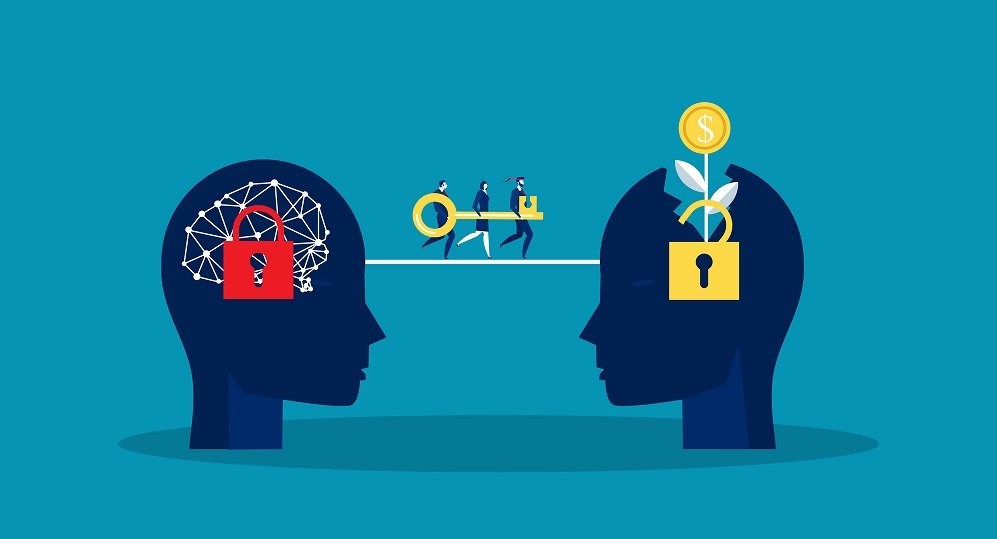How Exercise Improves Mental Health

Table of Content
Introduction
Exercise has become increasingly popular over the past decade as people have become more health conscious. While many people are aware that physical exercise has physical health benefits, they frequently fail to appreciate the mental benefits.
The Australian Institute of Health and Welfare estimates that on the average, around 45% (or approximately 8.6 million) of Australian adults over the age of 16 experienced a mental disorder at some time in their life, and approximately 21.4% in the previous 12 months. Similar numbers are in some other countries, including USA. And yet, mental health is often seen as a taboo topic.
It’s time to explore what we can do to feel better.
According to the Centers for Disease Control and Prevention (CDC), regular physical activity is one of the most prominent actions things you can take in order to enhance your health. It can help you control your weight, reduce your heart disease and stroke risk, and improve your mental health. Regular physical activity can also help reduce your symptoms.
We have all, in one way or another, experienced the benefits of exercise. Benefits such as weight loss, toned body, and building body endurance are just a few. But did you know that they are many studies showing that physical activities contribute to many mental health benefits?
Exercise has been shown to be an effective treatment for mental illnesses, including depression, anxiety, and ADHD.
Yes, exercises don’t just give you a great body but also affect the brain and how we think and feel. Then further, your mental well-being affects your emotional, psychological, and social well-being. Taking care of our psychological welfare is important because it affects how we act, feel, and think. It is also responsible for how we work, manage stress, realize our potential and relate with others.
This article will discuss the effects of exercise and physical activities on our mental health and where to look for support.
What are 5 Mental Benefits of Exercise?
1.Easing symptoms of depression and anxiety
Depression and anxiety are two common mental health disorders that can have a negative impact on a person’s quality of life. While medication is the most common treatment for depression and anxiety, research has shown that exercise can also be effective.
Exercise can help improve mood, sleep, and appetite while increasing energy and concentration levels. Additionally, exercise can help to reduce stress and anxiety levels.
Exercise not only activates our glutes but also has a significant effect on our cardiovascular muscles and blood flow. Exercise prompts your body to release chemicals like endorphins and endocannabinoids into the bloodstream to spark neuromodulators that promote mood improvement and calmness. Finally, exercise can help increase serotonin levels, a neurotransmitter linked with feelings of happiness and well-being.
You shouldn’t be surprised to feel happier after your gym session or evening walk. Often some runners have reported experiencing a sense of euphoria, also known as runner’s high, soon after finishing the run.
You will probably never experience a runner’s high even if you are a runner because not all runners experience it, but that doesn’t discourage you. Any exercise can trigger your body to release feel-good hormones. The feeling of euphoria they get is credited to the chemicals like endorphins released during a run which you can get from other physical activities such as swimming and walking.
These feel-good hormones are linked to managing depression and anxiety because they make a person feel calm and happy. When you feel good, you no longer feel down and sad but focus on happy feelings and look forward to life.
2. Reduces stress
Exercising is like doing meditation on the move. When you exercise, your body sends neurotransmitters to your brain, which sends hormones to the rest of your body that improve your mood.
You will also notice that when you exercise, you focus on the exercise and finish your reps. The activity removes your mind from the thoughts and things that worry you and lets you focus on your movements and completing the workout.
This practice shifts focus like during medication, where you concentrate on breathing or a particular body part. The shifting focus trains your brain to stop fixating on the problems and things that worry and focus on other things and living in the present.
Another excellent way to release stress is to talk to and laugh with someone. Occasionally all you need to do is have a good laugh with a stranger at the gym or park to lighten up your mood. Also, when you exercise in communal places like the gym or park, you can interact with other people, which further improves our feelings.
3. Keeping your memory sharp and improving Your Brain Function
Exercise has long been known to have physical benefits, but recent studies have shown that it also significantly benefits brain health.
When exercising, you pump blood and send enough oxygen to the brain. The oxygen sent to the brain is then used as a nutrient to nourish the brain and give it the boost required to improve brain performance.
Often people are advised to go for a walk or do any form of physical activity when they have a mental block. Physical activity will boost mental energy, and once you have enough oxygen in the brain, it will lead to higher brain function, which promotes creativity.
Exercise also stimulates brain cell growth through neurogenesis in the hippocampus part of the brain, which is in charge of learning and memory. The new cells strengthen the brain, increase brain volume, prevent cognitive decline and loss of memory and protect the brain from age-related damage. Exercise also improves blood flow to the brain and helps to reduce inflammation.
Researchers at the Harvard Medical School and Dana-Farber Cancer Institute did an endurance experiment on mice. They discovered that hormones called irisin and FNDC5 become elevated in the mice’s brains during endurance exercise. The irisin produced after endurance exercise causes a chain reaction in the brain. The scientists also discovered that the iris secreted by muscles during exercise has the ability to spur the brain and treat cognitive diseases such as Alzheimer’s.
4. Better sleep
According to the National Sleep Foundation, regular exercise can be one of the best things you can do for your sleep. Exercise can help you fall asleep faster, stay asleep longer, and improve the quality of your sleep. In addition to these benefits, exercise can also help reduce stress and anxiety, which can further improve sleep.
In fact, exercise can help with several different types of sleep problems. For example, exercise can improve sleep quality and quantity in people who have insomnia. Additionally, exercise can help people with sleep apnea by improving their breathing during sleep. Finally, regular exercise can help shift workers adjust to working odd hours by helping to regulate their body’s natural sleep-wake cycle.
You will realize that you sleep better when you are not stressed and worried about things. The hormones released after exercises help calm the mind and give you a good night’s sleep.
Also, having a good sleep will allow your body the time it needs to recover. Our bodies use the time we sleep to undergo a series of body changes and recoveries, leaving us feeling refreshed when we wake up the next day.
Experts advise not to exercise too close to sleeping time as it can harm your body. Before starting any exercise program, you must seek professional help from your doctor or physical coach to know what is best suited for you.
5. Increased self-esteem and self-confidence
According to a study by the University of Vermont, people who exercise feel better about themselves, their abilities and their bodies. They also have more energy and feel more capable of taking on challenging tasks, setting goals and achieving them. Exercise releases endorphins, which have mood-boosting effects.
Seeing your progress so far makes you proud of yourself and how many challenges you overcame. It also gives you the confidence to believe in yourself and know that you can achieve anything when you put your mind to it.
What are Types of Physical Activity?
Physical activity is any deliberate body movement that requires a person to spend energy to move. These activities can range from moderate to intense physical activities depending on the amount of oxygen used and energy expended.
A person doing vigorous training requires a lot of oxygen to breathe. They will also not be able to complete a sentence when talking during the exercise, and their heart rate will be elevated, while a person doing moderate physical activity will be able to speak and breathe with so much ease.
Physical activity can be categorized into four main types: aerobic, muscle-strengthening, bone-strengthening, and balance.
Moderate Physical Activities
These activities require a person to expend little energy when doing them. Such activities include sweeping the floor, window washing, movement during leisure time, slow dance, vacuuming, and shooting basketball.
Vigorous Physical Activities.
These are physical activities a person does, and they require a lot of oxygen and energy for a person to execute them. Such activities include playing soccer, swimming, jumping rope, hiking-uphill, running, tennis, cycling uphill, aerobics, heavy yard work like digging, brisk walking, and carrying heavy loads.
How much exercise do you need?
WHO did research and found out that over 1.4 Billion adults are not engaging in physical activities. They further explained that 1 in every 3 women and 1 in every 4 men are insufficiently active, putting them at high risk of diseases like blood pleasure, heart problems, and early death.
In their 2020-2030 global plan, WHO encourages people of all ages to work out. It doesn’t matter whether the person is under the age of five or an adult with a chronic illness or hypertension.
Per WHO: Adults aged 18–64 years: To exercise at least 150–300 minutes of moderate physical activity alternatively at least 75–150 minutes of vigorous-intensity physical exercise.
Australian guidelines suggest that people with chronic conditions should complete at least 150 minutes of moderate-intensity aerobic physical activity or at least 75 minutes of vigorous physical activity. In addition, they prescribe that adults do at the very least 30 minutes of moderate to intensive physical activity every day. The exercise could be done as one single session, or by combining shorter bursts of 10 to 15 minutes.
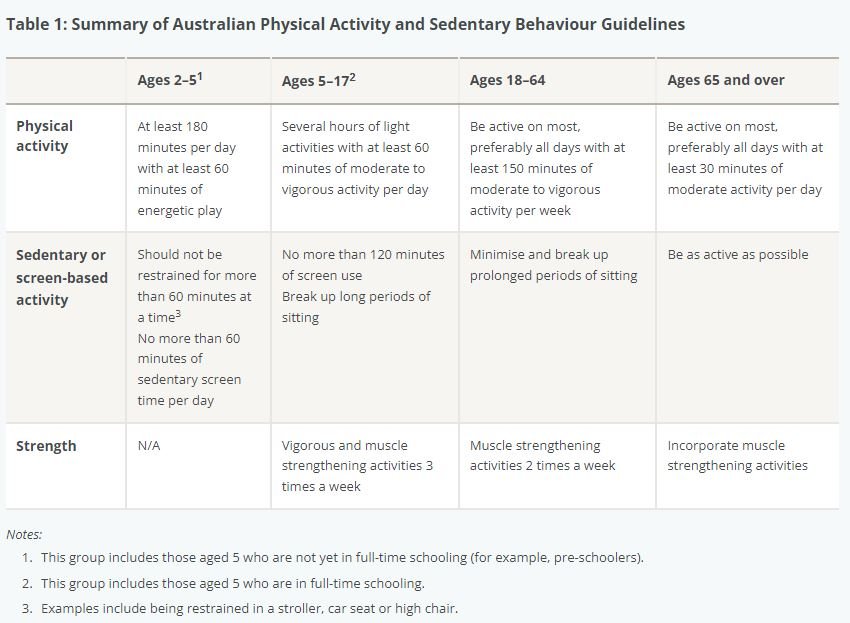
Where to get help and start?
Despite all the benefits of exercise, many people do not get enough physical activity. There are many reasons for this, including a lack of time, lack of motivation, and lack of access to resources. However, there are also many ways to overcome these barriers and get active.
If you have a problem finding a time, or lack motivation or access to resources, but want to start, the Certified Health and Wellness coach can work with you to achieve your goals and find the optimum balance in your life.
Caring for your physical and mental health is a continuous process. If you’re looking for help getting started, you’re not alone. It can be challenging to know where to start, especially if you’re not used to being active. But plenty of support and resources are available to help you get started on your journey toward better physical and mental health.
Every person has a different journey and personal goals they want to achieve in life.
If you or someone you know has signs of a mental disorder, we encourage you to first talk to talk your doctor or mental health care provider.
For the exercise program, the best is to find the Accredited Exercise Professional who can assess your current health and physical state and create the best-tailored exercise program for you.
The Certified Health and Wellness Coach can give you support during this change process, to ensure that you remain on your goals and provide optimum balance in all areas of your life.
Picking the right exercise for your body and having the required support, will ensure that not only your physical health is looked after but also your mental health.

